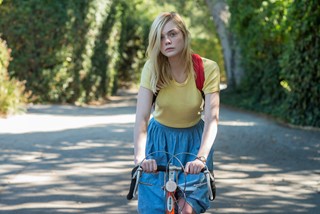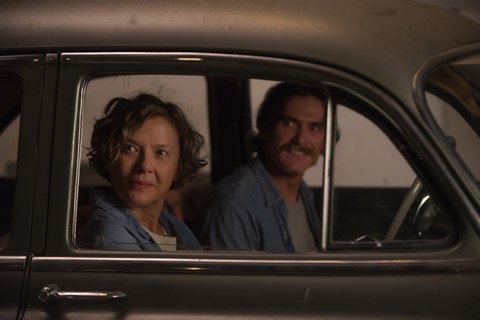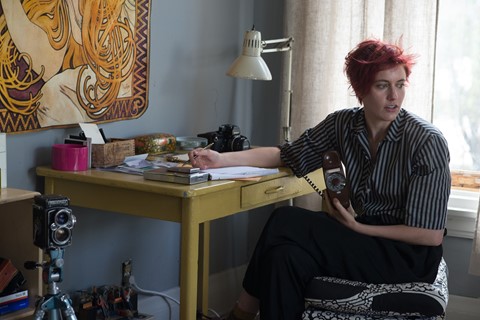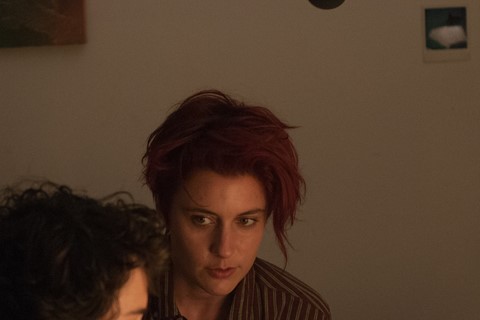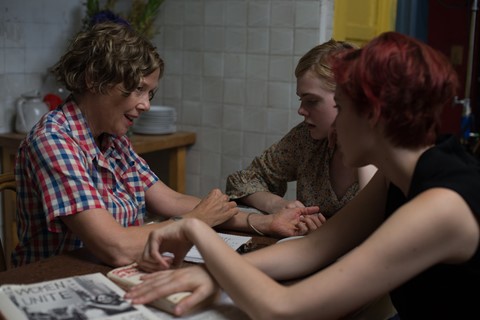As 20th Century Women hits UK screens, we sit down with the American director to discover more about its autobiographical roots and myriad influences
As a teenager growing up in 1970s Santa Barbara, American director Mike Mills had, what he terms, “a front seat to womanhood”. His father, a “very sweet” man but one with whom Mills found it hard to connect emotionally, was often absent during his youth, so it was from his mother – “we’re totally entwined, we were like this little couple” – and his two older sisters that he learned about life. “They’re ten and seven years older than me,” he says of his siblings, “and they led pretty wild, rich, full 70s women’s lives. I was exposed to a lot of their problems; their complaining about their boyfriends, their ups and downs. So my whole understanding of women came from this strange matriarchy that I grew up in, happily; women were the people that helped me the most.”
It is these experiences, and the decade in which they took place, that form the subject of Mills’ third feature, 20th Century Women, arriving in UK cinemas today. While his previous film, 2010’s Beginners, told the semi-autobiographical story of his father – a closeted gay man, who finally came out at the age of 75, the same year he was diagnosed with terminal cancer – 20th Century Women is a tribute to Mills’ mother, “a very unusual woman, and a gemini. She didn’t want to be known”. The script took Mills three years to write – he and his wife Miranda July had a baby boy in the middle, he explains, which slowed him down a little. “Plus I work from memory and observed reality, and I found it really hard to inhabit my mum’s voice,” he adds, perched on a sofa in London’s Soho Hotel. But through watching 1930s and 40s movies “where there are a lot of very strong and very sarcastic women characters”, and by channelling Humphrey Bogart, his mother’s hero, he finally accomplished his task.
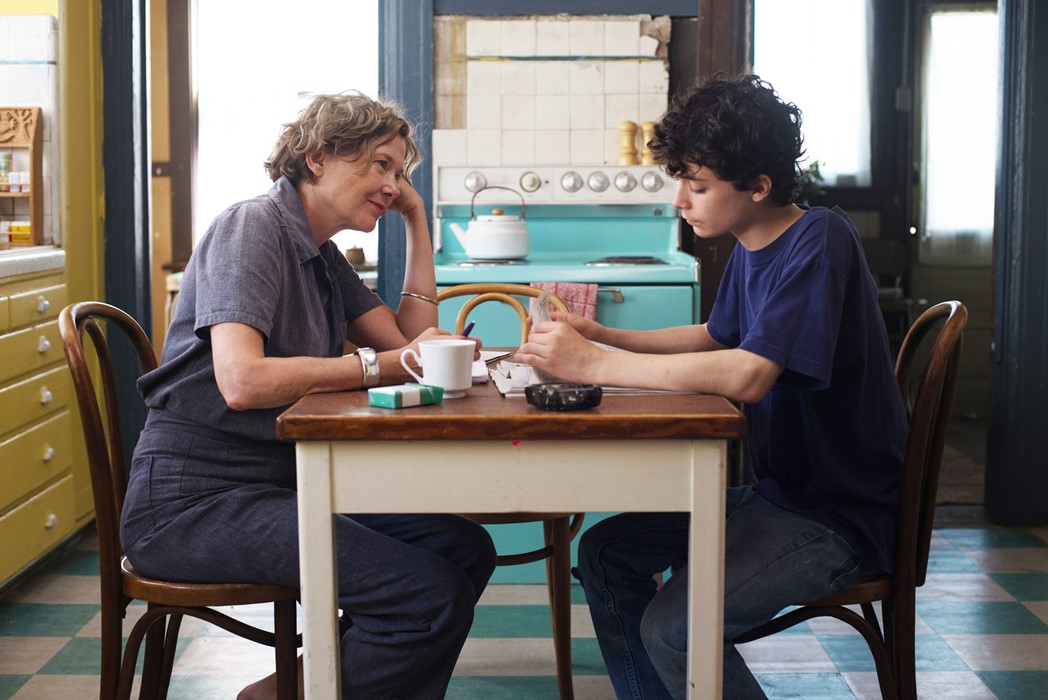
The film is set in the summer of 1979 and centres on 15-year-old Jamie (Lucas Jade Zumann), a passive but frustrated teenager living with his mother Dorothea (an Oscar-nominated Annette Bening) in a vast Victorian-era house in Santa Barbara. Like Mrs Mills, Dorothea grew up during the Depression – a fact which makes it hard for her to connect, on a cultural level, with her New Wave-era son – and dreamed of being a pilot in the Second World War. She smokes perpetually, drinks freely, listens to jazz and imparts her liberal views upon anyone who’ll listen, arguing that her son has a right to skip school when called into a meeting with his principal, and reprimanding a traffic cop for being too forward when he stops her for reckless driving and demands her details. But by the same token she is hesitant to discuss herself, retreating when Jamie asks her probing questions, and anxious about her ability to raise him as a single mother.
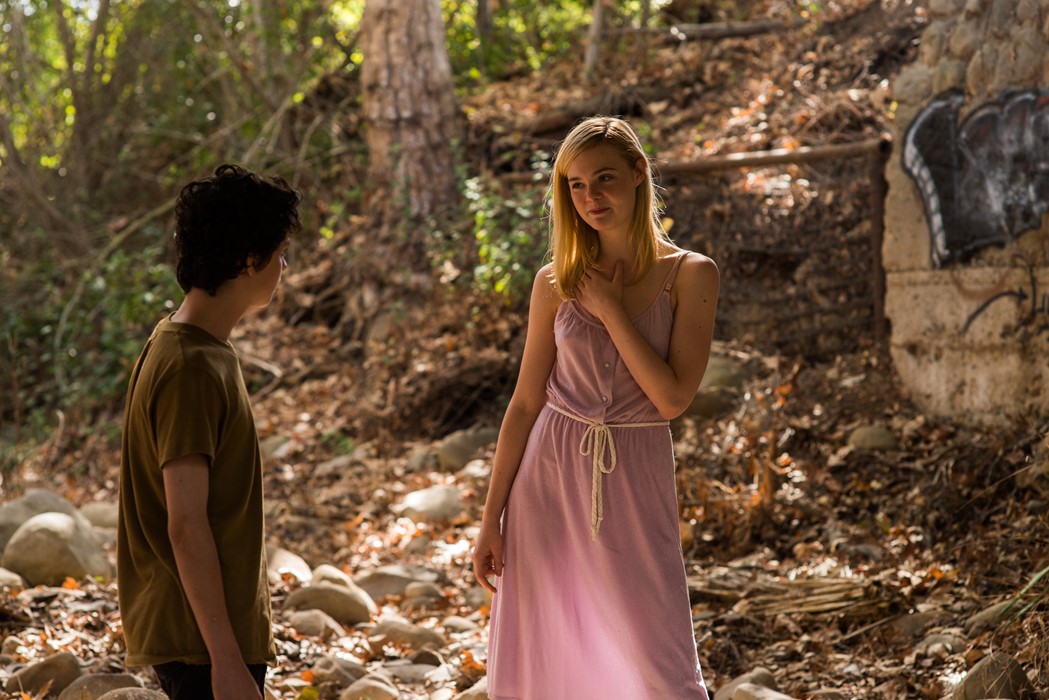
Bening is brilliant in the role, conveying Dorothea’s complexities and contradictions – her warmth, wisdom and confidence, her vulnerability and self-doubt – with an understated charm and delivering Mills’ witty one liners as if they were made for her. But Mills didn’t write with Bening in mind. “If I try to write parts with an actor in mind, I just write bad versions of the actor,” he explains. “But when you see a description of Dorothea on a page, Annette is top of the list in terms of who you’d think to play her. She looks beautifully, naturally her age and that’s hard to find,” he laughs, “and she’s a real mum and a very complicated, genuine soul. She also really connected with the script, with the emotions and the time”.
And then of course there are the other women referred to in the film’s title, namely kooky young photographer Abbie (Greta Gerwig), one of Dorothea’s two lodgers, and Julie (Elle Fanning), an aloof yet candid 17-year-old whose role in Jamie’s life has evolved from childhood friend to unreciprocated crush. “Greta’s energy is very vibrant; it pops out of her at all times, she’s very exposed. She’s an artist but there’s also something about her that’s like the girl next door so I felt like she’d make Abbie accessible and not pretentious,” Mills says of his supporting cast choices. “And then Elle has this mysterious, deep quality that contradicts her blonde beauty. She has remarkable access to more complicated, murky feelings which is what’s so perfect for this character who was based on all these girls I was friends with growing up. They were seen as pretty Santa Barbara sex objects in a way, and pretty girls have a weird, particular burden, a loneliness and a power.”

It is these two headstrong females upon whom Dorothea calls, in an amusing moment of maternal concern, to help co-raise Jamie; to share their lives with him and help him achieve a more well-rounded view of the world. While Julie serves principally to fuel Jamie’s sexual frustration, climbing into his bedroom at night to sleep next to him and share intimate details of her sex life, Abbie takes her task more seriously, taking Jamie out dancing, teaching him how to seduce older women and presenting him with copies of feminist publications such as Our Bodies Our Selves and Sisterhood is Powerful, as well as mixtapes filled with Talking Heads, The Raincoats and The Clash.
The employment of mixed media is key to the film’s realisation, Mills frequently using historical imagery to create an immersive sense of time, along with including full passages read aloud from books, Jimmy Carter’s still-resonant 1979 speech on consumerism and America’s crisis of confidence and clips from Koyaanisqatsi, Godfrey Reggio’s experimental documentary on the technological era, as well as Casablanca. “I went to art school and it relates to a lot of conceptual art that I grew up with,” Mills explains of his collage-like approach. “And then I love Godard and he does tricks like that all the time, so does Milan Kundera in The Unbearable Lightness of Being. I just love popular culture. I’ve always been interested in how our stories of ourselves and our understanding of our emotions are made possible by the narratives that are given to us by music or books or films. My film is essentially a series of portraits and I felt these works were a great means of describing the people and the time.”
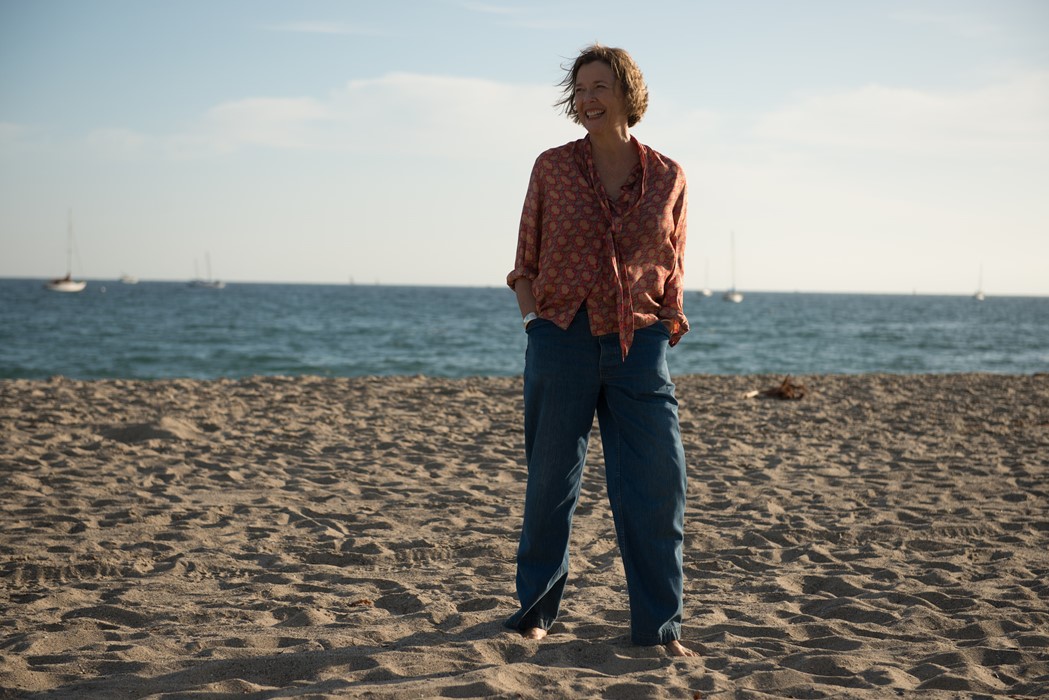
Creating a tangible sense of place is also integral to the director, who cites Jane Campion and Michelangelo Antonioni as his heroes in that respect, and he sought long and hard to find the crumbling house in the largely “posh” Los Angeles area that acts as the film’s anchor. “It’s this beautiful old 1906 house that’s about to fall apart,” he expands. “It had really beautiful light in it; I used natural light a lot. And it had a worn-in-ness, a roughness that helped describe Dorothea’s character, because what crazy person would take on a house that big? And that’s very my mum, that kind of romanticness.” The cast and crew shot there for three weeks, each cast member choosing a bedroom to sleep in which Mills says helped to cultivate a real sense of family.
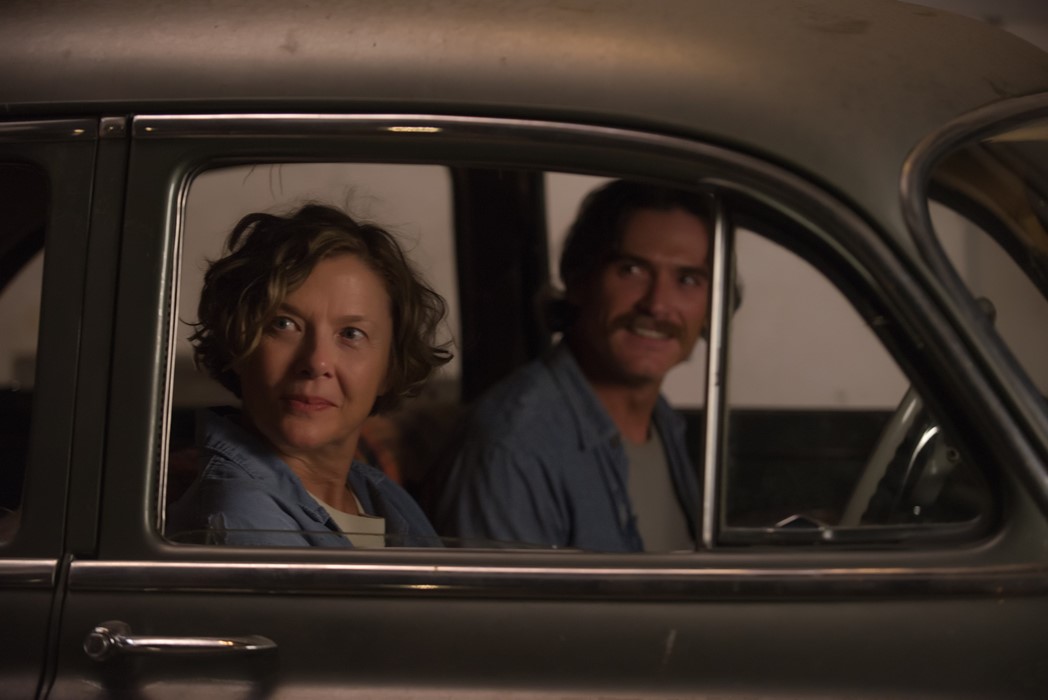
All these of these seemingly small details prove the key ingredients to the film’s success. It is an ode to women, to the bond between mother and son, to the dusk of punk and the pre-Internet age. The narrative is simple – there isn’t much of a plot, more a series of vignettes that help expand on who these women are and how they represent the sentiments of their individual generation. Like Yasujirō Ozu, Mike Leigh and Jim Jarmusch (whose early films Mills says helped him believe he could turn his hand to filmmaking, having previously worked as a music video director and graphic designer), Mills places importance on life’s quieter moments: conversations held around the dinner table, a revealing glance, a dance shared between parent and child. “I find those moments, in their transitory, non-full-blown nature, to be the great little moments of grace that we get in our lives,” he says. “In some ways I’m just trying to feel or celebrate them.” And that’s just what he does, expertly supported by an exceptionally talented cast, to joyously life affirming effect.
20th Century Women is in cinemas nationwide from today.
